Ehlers Danlos Syndrome Type 8
Ehlers danlos syndrome type 8. Ehlers-danlos syndrome periodontal type 1 Clinical features Help List of clinical features of the conditionphenotype displayed from sources such as the Human Phenotype Ontology HPO and OMIM. The COL3A1 gene provides instructions for making a component of type III collagen. These can be noticed at birth or in early childhood.
Previously designated EDS VIII is a specific. Kyphoscoliotic Ehlers-Danlos syndrome EDS is caused by changes mutations in the PLOD1 gene and rarely in the FKBP14 gene. It is generally considered the least severe form of Ehlers-Danlos syndrome EDS although significant complications can occur.
This gene gives the body instructions to make encodes an enzyme that helps process molecules that allow collagen to form stable interactions with one another. These tissuesfound mostly in the skin joints and blood vessel wallsact like a glue to help provide strength and elasticity to the bodys structures including the digestive system and essential organs. EhlersDanlos syndromes are a group of rare genetic connective-tissue disorders.
The spondylodysplastic type features short stature and skeletal abnormalities such as abnormally curved bowed limbs. Ehlers-Danlos syndromes are a group of connective tissue disorders that can be inherited and are varied both in how they affect the body and in their genetic causes. 38 filas EDS type VIII is the rarest form of EDS and is characterized by severe early.
Joint hypermobility syndrome JHS and Ehlers-Danlos syndrome hypermobility type EDS-HT are two clinically overlapping heritable connective tissue disorders strongly associated with musculoskeletal pain fatigue and headache. They are generally characterized by joint hypermobility joints that stretch further than normal skin hyperextensibility skin that can be stretched further than normal and tissue fragility. Collagen is a protein that provides structure and strength to connective tissues throughout the body.
Symptoms may include loose joints joint pain stretchy velvety skin and abnormal scar formation. Joint hypermobility and flexibility. C0268347 Ehlers-Danlos syndrome EDS is a clinically and genetically heterogeneous group of connective tissue disorders defined by joint laxity and skin alterations that include hyperextensibility atrophic scarring and bruising.
Easy bruising and slow. Complications may include aortic dissection joint dislocations scoliosis chronic pain or early osteoarthritis.
The COL3A1 gene provides instructions for making a component of type III collagen.
Migraine with or without aura is considered the most common form of hea. The spondylodysplastic type features short stature and skeletal abnormalities such as abnormally curved bowed limbs. A type of Ehlers-Danlos syndrome called brittle cornea syndrome is characterized by thinness of the clear covering of the eye the cornea and other eye abnormalities. The COL3A1 gene provides instructions for making a component of type III collagen. A type of Ehlers-Danlos syndrome called brittle cornea syndrome is characterized by thinness of the clear covering of the eye the cornea and other eye abnormalities. Joint hypermobility and flexibility. Vascular Ehlers-Danlos syndrome is typically caused by a change mutation in the COL3A1 geneRarely it may be caused by a mutation in the COL1A1 gene. The spondylodysplastic type features short stature and skeletal abnormalities such as abnormally curved bowed limbs. These tissuesfound mostly in the skin joints and blood vessel wallsact like a glue to help provide strength and elasticity to the bodys structures including the digestive system and essential organs.
They are generally characterized by joint hypermobility joints that stretch further than normal skin hyperextensibility skin that can be stretched further than normal and tissue fragility. Joint hypermobility syndrome JHS and Ehlers-Danlos syndrome hypermobility type EDS-HT are two clinically overlapping heritable connective tissue disorders strongly associated with musculoskeletal pain fatigue and headache. Symptoms may include loose joints joint pain stretchy velvety skin and abnormal scar formation. Type III collagen specifically is found in tissues. C0268347 Ehlers-Danlos syndrome EDS is a clinically and genetically heterogeneous group of connective tissue disorders defined by joint laxity and skin alterations that include hyperextensibility atrophic scarring and bruising. It is generally considered the least severe form of Ehlers-Danlos syndrome EDS although significant complications can occur. The COL3A1 gene provides instructions for making a component of type III collagen.
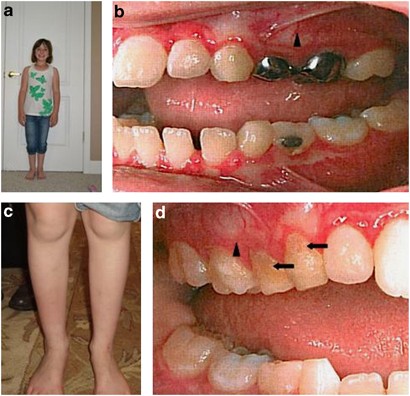






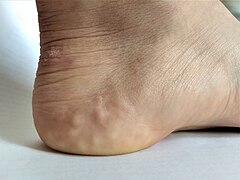








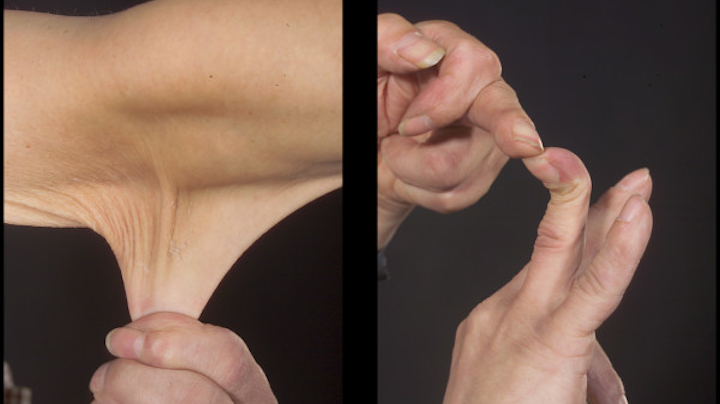
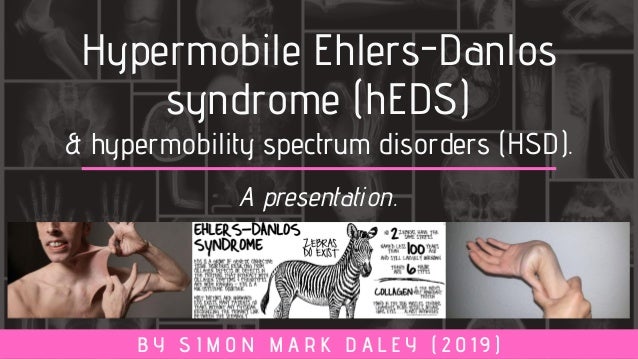

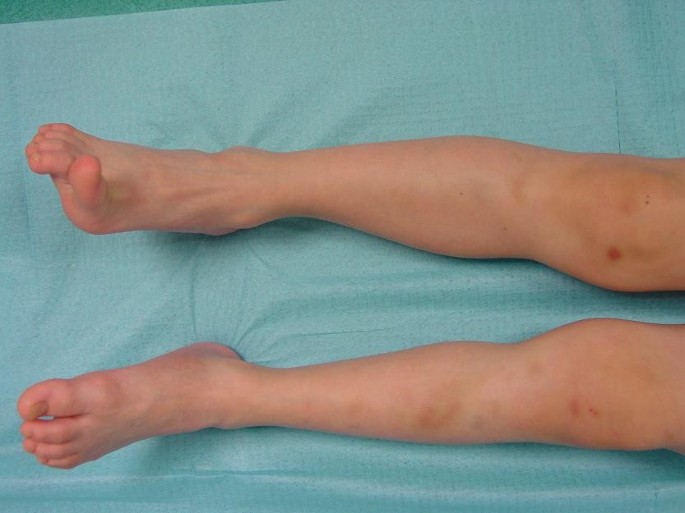












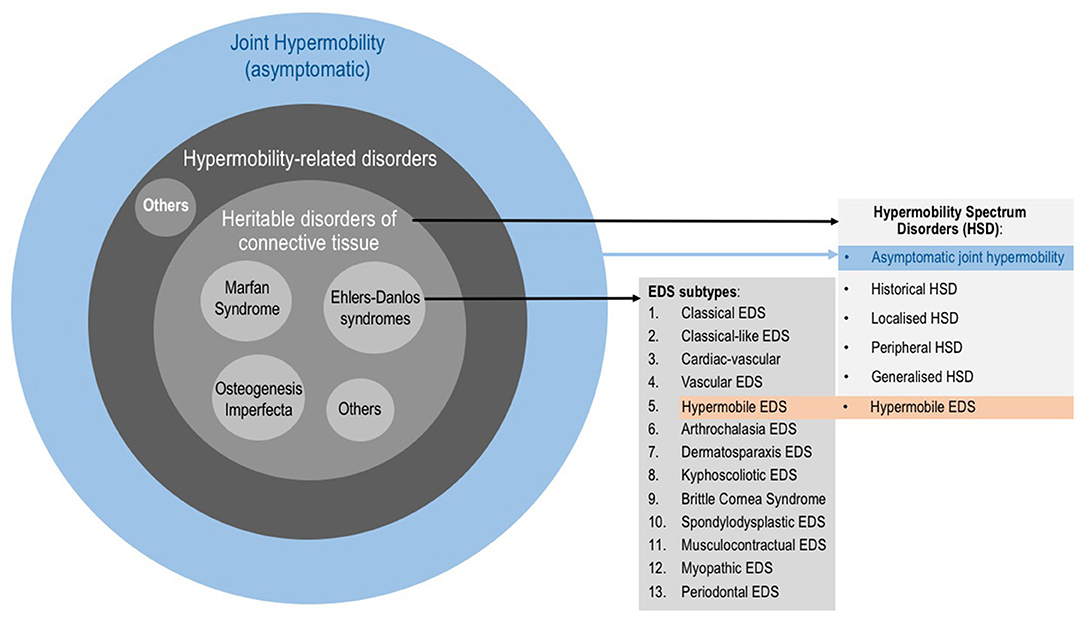






Post a Comment for "Ehlers Danlos Syndrome Type 8"